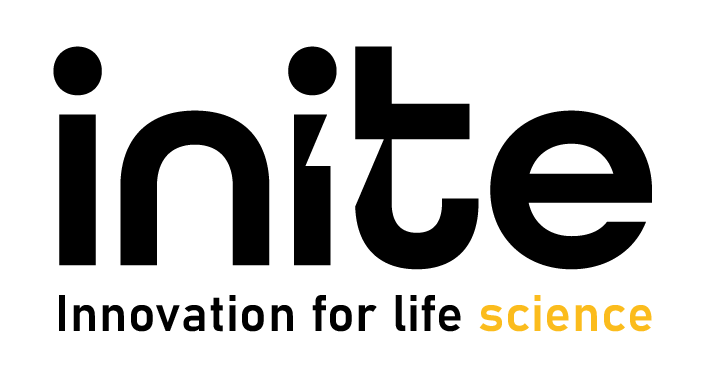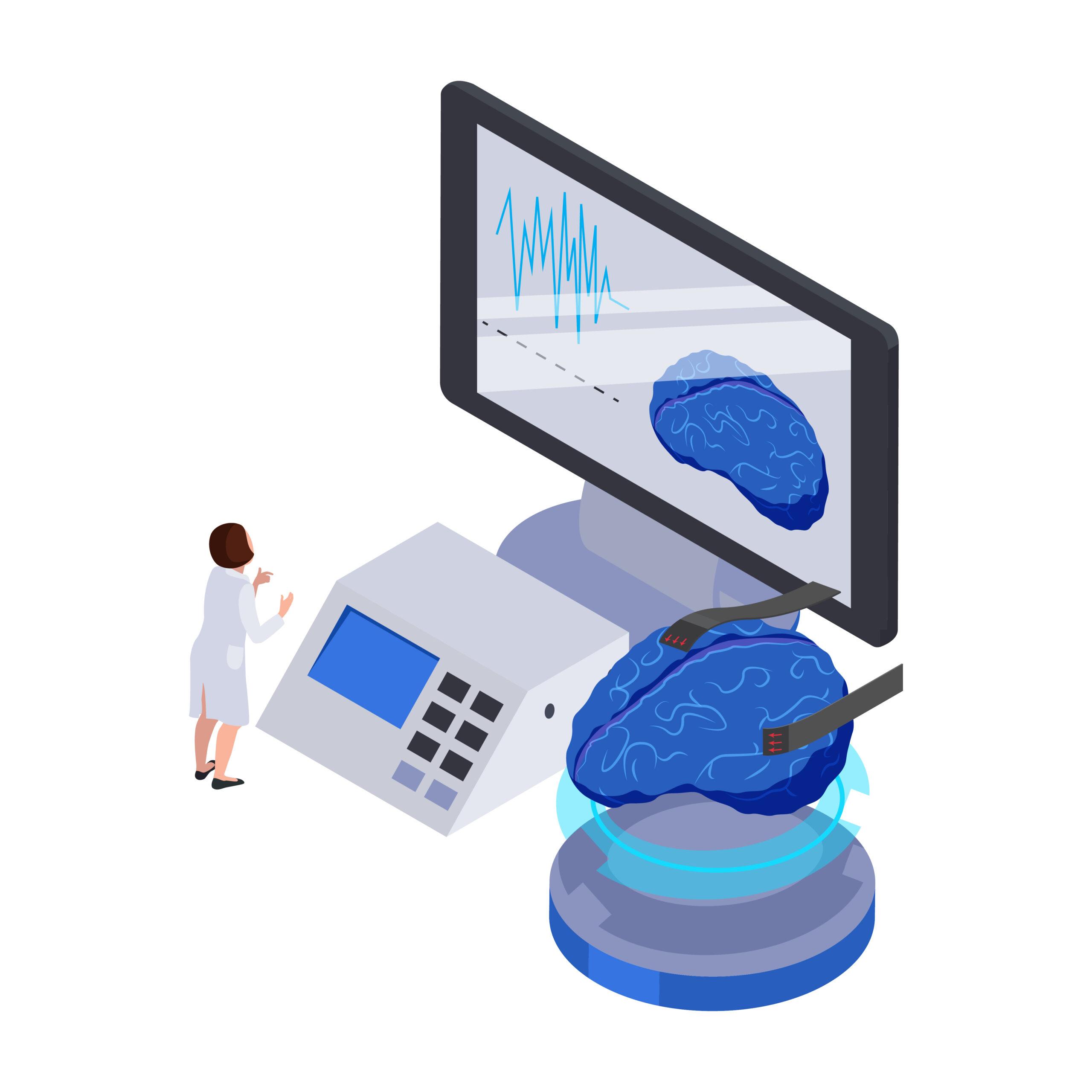In recent years, the field of neuroscience has witnessed a remarkable transformation with the integration of digital health technologies. These innovative tools and platforms have not only enhanced our understanding of the brain but have also revolutionized healthcare delivery and patient outcomes. Interestingly, the digital health segment in global neuroscience market is predicted to have an annual growth rate of 27.8% (highest in the neuroscience market) for the next three years. As the landscape of healthcare continues to evolve, there is an increasing need for scientifically trained professionals to effectively communicate these neuroscientific advancements to multiple stakeholders, including patients.
The Growth of Digital Health Technologies in Neuroscience:
Digital health technologies in neuroscience encompass a wide range of applications, from wearable devices and brain-computer interfaces to advanced imaging techniques and telemedicine platforms. These technologies enable real-time monitoring, personalized treatment plans, and remote patient care, thereby improving accessibility and efficiency in neurology and psychiatry.
- Wearable Devices: Wearable devices, equipped with sensors that capture physiological and neurological data, are playing a pivotal role in monitoring and managing neurological conditions. These devices offer continuous data streams, enabling healthcare professionals to gain insights into patients’ daily activities and symptoms, facilitating more personalized and data-driven interventions.
- Brain-Computer Interfaces (BCIs): BCIs have emerged as groundbreaking tools, allowing direct communication between the brain and external devices. In the field of neurorehabilitation, BCIs enable paralyzed individuals to control prosthetic limbs or communicate through computer interfaces. Such advancements hold immense potential for improving the quality of life for individuals with neurological disorders.
- Advanced Imaging Techniques: Advancements in neuroimaging, including functional magnetic resonance imaging (fMRI) and positron emission tomography (PET), have provided unprecedented insights into the brain’s structure and function. These imaging techniques aid in the early diagnosis and monitoring of neurological diseases, paving the way for more targeted and timely interventions.
- Telemedicine Platforms: The integration of telemedicine in neurology has facilitated remote consultations, allowing patients to access specialized care without the need for physical presence. This is particularly crucial for individuals residing in remote areas or facing mobility challenges, improving the overall accessibility of neurohealth services.
However, for these innovations to reach their full potential, there is a critical need for scientifically trained professionals who can effectively communicate the benefits, challenges, and implications of these technologies. By investing in the education and training of individuals with a dual expertise in neuroscience and communication, we can ensure that the benefits of digital health in neuroscience are maximized and equitably accessible to all.




